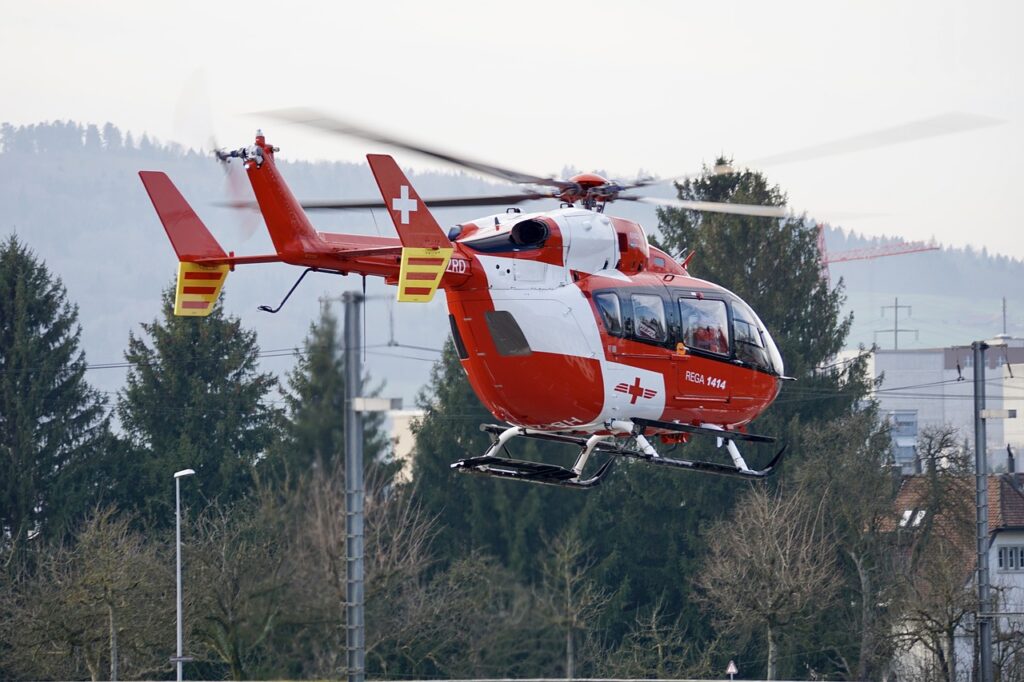Long Distance Medical Transport
How are costs configured?
Local transport within a distance of 65 miles is based on a flat rate. This enables you to calculate your cost in advance.

Can I have a caregiver or family member accompany me?
Yes, transport personnel understand that the presence of a trusted companion reduces stress and promotes comfort. Vehicles have room for one attendant. There is no extra charge for this.

When are transport services available?
Scheduling is flexible, available seven days a week, including holidays.

How do I pay for transport services?
Transport companies typically accept cash, check, and major credit cards. If you have Medicaid or other insurance, they work with the provider to determine the covered cost. Payment is typically required at the time of service.

How far in advance do I need to schedule a pick-up?
You should try to call at least three days prior to your appointment date. This ensures that your needs will be well-accommodated.
LONG-DISTANCE TRANSPORT
Is long-distance medical transport available?
Yes, this is classified as a trip involving a distance of at least 200 miles. Vehicles are specially designed for comfortable transport of people unable to walk or sit up for extended periods. They’re also equipped with a TV and DVD player.
How are costs configured for long-distance transit?
Transportation fees across state lines are based on mileage. The farther you travel, the less the cost per mile. Other factors involved in pricing are fuel rates, tolls, and staffing expenses. You can obtain a cost estimate or quote by providing the city and state or zip codes of your departure and arrival locations. Quotes may be available over the telephone or on websites.
Do Medicare and Medicaid cover long-distance transport?
Unfortunately, no. These insurance providers do not view long-distance transit as medically necessary. They regard such transportation as bypassing appropriate facilities that are closer to your home.
EMERGENCY TRANSPORT
What is emergency medical transport?
This type of transit is activated by an urgent call for medical care. An individual must be taken to a healthcare facility immediately. Transport is provided by ambulance, airplane, or helicopter, staffed by paramedics and EMTs.

AIR MEDICAL TRANSPORT
What types of air medical transport are available?
There are two categories, emergency and non-emergency.
What is emergency air medical transport?
Emergency transport is by air ambulance or commercial air flight. An air ambulance is a flying intensive care unit. It includes a flight stretcher, specialized equipment, and medications. The aircraft is staffed with a medical team trained in specific healthcare needs. An air ambulance is typically used when a person must travel more than 250 miles to obtain critical care. Examples are treatment for burns, head trauma, spinal cord injury, stroke, and cancer.
An air ambulance may be used for bed-to-bed transfer between hospitals. A medical team meets in a patient’s hospital room, performs an assessment, and explains to the patient what’s involved. The team accompanies the patient in a ground ambulance as well as the airplane. At the receiving hospital, the team briefs the medical staff on the patient’s condition. They also complete and submit all required paperwork.

